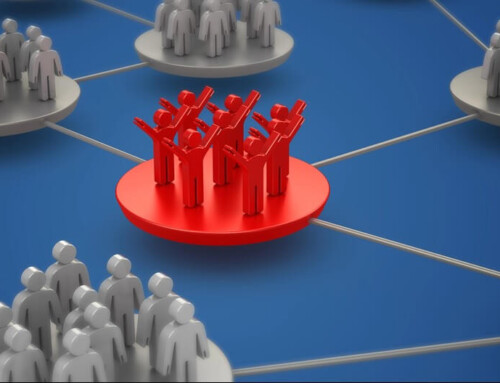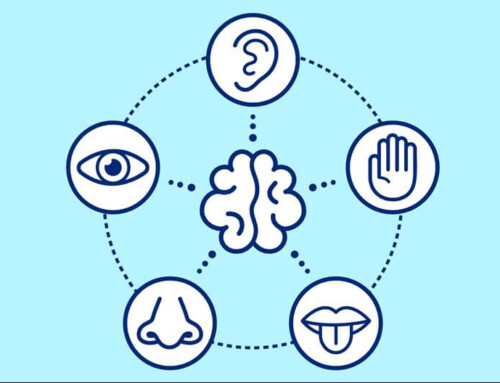This article includes historical information for context. While the core content remains valuable, some details reflect past events and may not be up to date. We regularly update our blog to keep you informed of current insights.
There is no question about it. Technology revived many organizations during the pandemic. Software such as Zoom, Go-To-Meeting, and Slack calls allowed co-workers to interact and even see each other. Project management programs keep even the largest companies organized and on task.
That said, virtual meetings can never fully replace face-to-face interactions. Making personal connections is imperative for running a successful business and maintaining a fulfilled, happy, productive workforce. Why? Business is primarily about building relationships, and relationship building is most effectively achieved in person.
This is just one reason why face-to-face interactions are still critical in business. Need more reasons why in-person actions are vital to relationships? Read on…
Pick up on Non-Verbal Cues
Yes, technically, participants can see each other during a virtual meeting. However, there is a difference between seeing participants on a computer screen and seeing them in person. It is far too easy to miss subtle nuances in a virtual scenario. Why is this detrimental? These non-verbal cues can provide managers with critical insights about how employees feel about a project, a situation, and their co-workers. Or it can provide clues about what a customer or prospect might not be telling you. In fact, nonverbal cues account for 93 percent of communication effectiveness. (1) Trying to lead, perform frontline interactions with customers (such as sales, service, or support) without these valuable insights can prove challenging.
Establish and Reinforce Trust
People want to work for an employer they can trust. In-person meetings facilitate trust-building in a way that virtual meetings simply cannot. The intimacy of interactions in real life better communicates the participants’ tone of voice and nurtures a sense of intimacy. These benefits come exclusively from sharing a space, not being separated. In addition to watching employees’ reactions, employees get a clear view of their manager’s reactions. In this way, face-to-face meetings offer transparency. And it’s not just employees who benefit from the in-person aspects of meetings. Vendor partners, customers, trainers, and others can also facilitate better when face-to-face.
Improve Focus
Who has not been tempted to multitask while sitting in a lengthy virtual meeting? It is challenging to work on other projects when people are sitting in the same room together. On the other hand, it is exceedingly difficult to capture and keep employees’ (or a client’s) focus when only their face and upper torso (sometimes even less) are visible. They can easily tune out and work on other projects while making it appear that they are taking notes on the meeting, especially if they do not play an active role.
Enhance Team Building Outcomes
There is a reason why the majority of team-building activities take place in-person and are intensive. These settings offer leaders the perfect opportunity to create environments that are ideal for employees to connect with each other and with their managers. Virtual team building is a poor substitute, in large part, because collaboration often occurs spontaneously. It is downright difficult, if not impossible, to recreate an ideal setting for team-building activities when employees are in different locations. When employees forge bonds outside of the office but together in the same space, it sparks synergy and relationships that carry through once they are back at the office.
What is the conclusion that leadership should take away from the above points? While virtual communication offers some compelling benefits, the argument for face-to-face interactions cannot be refuted. It is simply undeniable on a psychological basis.
Uncertain times call for creative thinking. Contact Gavel International to be inspired with solutions that connect and engage your people.
____________________________
SOURCES:
1 https://www.thebalancecareers.com/tips-for-understanding-nonverbal-communication-1918459
This article was last updated on May 27, 2025
- Builder Boss vs. Breaker Boss: How Leadership Styles Make or Break Your Team - October 27, 2025
- Train LinkedIn’s Algorithm for Elevated Sales Prospecting - October 13, 2025
- Can Your Organization Afford a Dysfunctional Superstar? - October 6, 2025






